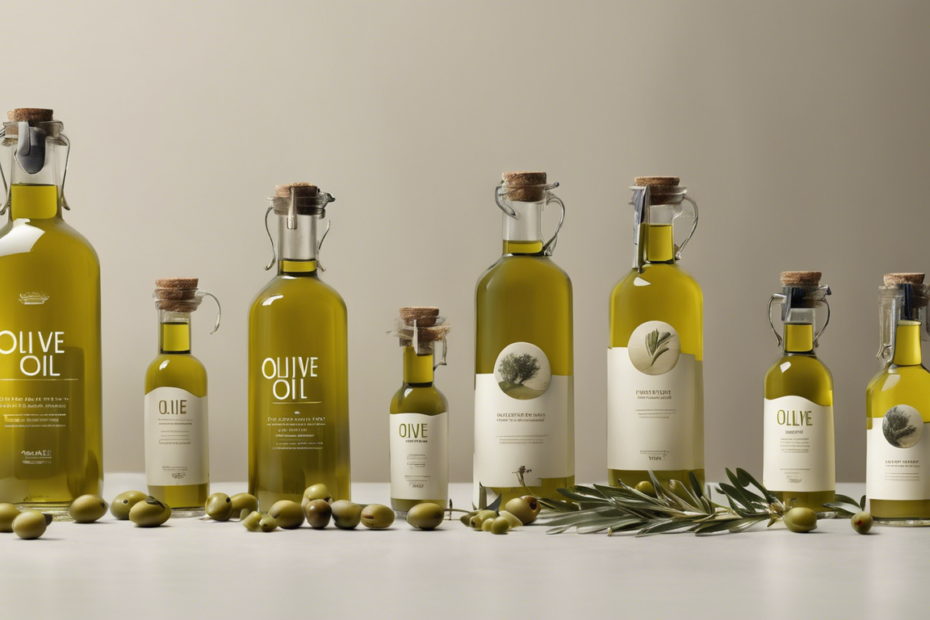Welcome to the flavorful world of olive oil processing!
Whether you’re a seasoned chef, an enthusiastic foodie, or just someone who enjoys a drizzle of extra virgin olive oil on your salad, understanding how olive oil is made can really enhance your appreciation for this liquid gold.
In this article, we’ll explore the fundamentals of olive oil processing, techniques that can boost its flavor and quality, and how these processes can impact the health benefits of this beloved ingredient.
So, grab your favorite bread, and let’s dive into the art and science of olive oil!


